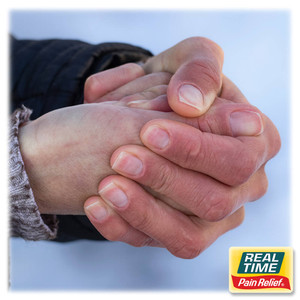How to Avoid Injuries from Heavy Backpacks
Posted by Dennis R. Escalera on 1st Aug 2024
Carrying a heavy backpack improperly can lead to various injuries, especially for school-aged children. It’s crucial to follow certain guidelines to prevent strain and ensure safety.
1. Choose the Right Backpack
Select a backpack that is lightweight, has wide, padded shoulder straps, and a padded back. The backpack should have multiple compartments to distribute weight evenly. Look for backpacks with a waist strap, which can help distribute weight more evenly across the body.
2. Pack Smartly
The total weight of the backpack should not exceed 10-15% of the child’s body weight. For example, a child who weighs 60 pounds should carry no more than 9 pounds in their backpack. Place the heaviest items closest to the back and use all compartments to distribute the load. Avoid packing unnecessary items that add extra weight.
3. Adjust Properly
Ensure the backpack fits snugly on the child’s back. The bottom of the backpack should sit at waist level or slightly above it, not hanging below the waist. Adjust the shoulder straps so the backpack rests evenly in the middle of the back and doesn't sway from side to side.
4. Use Both Shoulder Straps
Encourage the use of both shoulder straps to avoid muscle strain. Using only one strap can cause an imbalance, leading to neck, shoulder, and back pain. Make sure the straps are tightened enough to keep the backpack close to the body.
5. Lift Correctly
When picking up the backpack, bend at the knees and use both hands to lift it, avoiding any twisting motion. This method protects the back from unnecessary strain and promotes good lifting habits.
6. Consider Alternatives
If the backpack is consistently too heavy, consider alternatives like a rolling backpack, which can be pulled rather than carried. Another option is to leave unnecessary items at home or in a school locker to lighten the load.
7. Educate on Posture
Teach children about the importance of maintaining good posture while carrying a backpack. They should stand upright and avoid leaning forward, which can cause additional strain on the back and shoulders.
8. Regularly Check the Backpack
Periodically check the contents of the backpack to ensure only necessary items are being carried. Remove any items that are no longer needed to keep the weight within a safe range.
References:
- HealthyChildren.org "Back-to-School Tips for Families." Available at: https://www.healthychildren.org/English/ages-stages/gradeschool/school/Pages/back-to-school-tips.aspx
- Mayo Clinic. "Are backpacks hurting your students’ backs?" Available at: https://newsnetwork.mayoclinic.org/discussion/are-backpacks-hurting-your-students-backs/
- American Chiropractic Association. "American Chiropractic Association Endorses Five Vera Bradley Backpacks." Available at: https://www.acatoday.org/news-publications/american-chiropractic-association-endorses-five-vera-bradley-backpacks/
- National Safety Council. "Backpack Safety for Kids." Available at: https://www.nsc.org/community-safety/safety-topics/child-safety/backpack-safety-for-kids





